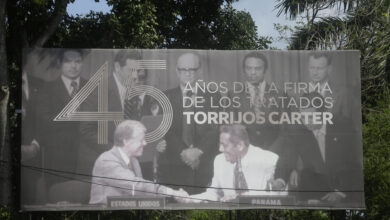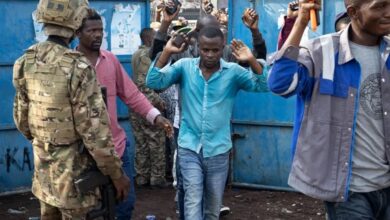How The Crisis In Panama Puts World Trade At Stake
Currently, the Central American country is experiencing its biggest protests in recent decades. Commercial communication routes are the most affected. How does the crisis in Panama affect world trade?

Photo: Pexels
LatinAmerican Post | July Vanesa López Romero
Listen to this article
Leer en español: Cómo la crisis en Panamá pone en juego el comercio mundial
For two weeks, thousands of Panamanians have taken to the streets to protest what might seem at first glance, the increase in oil prices and inflation. But this wave of protests, which by the way is the largest in three decades, has been sparked by much more than those two reasons. Panama is immersed in a social crisis that has an unprecedented weight for citizen groups tired of institutional and constitutional responses forgetting the protection of the most vulnerable and poor sectors.
The COVID-19 pandemic left the world mired in economic downturns. In the case of the Central American country, this was -17.9%, one of the worst in the world, which, of course, also had consequences at the level of global trade, due to the importance of the Panama Canal, one of the major maritime commercial routes. After the pandemic, facts such as the unemployment rate, the price of gasoline, the increase in the cost of the basic food basket and medicines, and the electoral reform, which has been extremely unpopular among citizens, have prolonged the protests. It is evident that Panamanians do not feel institutionally represented.
With the protests, construction unions, teaching and health unions, ordinary citizens, indigenous organizations, LGBT and feminist groups, fishermen, and transporters, among others are demonstrating their discontent with a country that turned its back on them after the economic recession caused by the pandemic, but they are also demonstrating the power of social mobilization.
You may also be interested in: Breaking News: Panama Begins its 3rd Week of Protests
On July 20, the crisis increased due to the blockade of routes that prevents food from entering the capital. Although the indigenous organizations agreed to be part of a negotiating table with the government to improve the situation, the majority of associations and unions rejected it. This, in a country like Panama, where the Pan-American highway connects the three parts of the continent, is extremely threatening, not only for the country itself, but also for the continent and, of course, for the globe.
The negotiating table, mentioned above, was convened last Wednesday, July 21, by the Government, with the medication of the Catholic Church. This was installed on Thursday the 23rd and is evidence that the Government is showing great interest in calming the situation, not necessarily for the common good, but because the social unrest is strongly threatening the flow of trade.
The Pan-American Highway moves the American economies, the Panama Canal is essential for world economies. Although the protest in the country is not going to stagnate trade and the global economy overnight, if there is no prompt solution and, above all, consistent over time, international trade is going to be hit. little by little due to the current crisis in the Central American country. We already saw it in the pandemic with the Panama Canal . The world has already experienced what happened with a ship blocking the Suez Canal and demonstrated how fragile the supply chain is in world trade.
This is when the international community has the power to also enter to ensure the rights and dignity of those who are coming out to protest for a better government and reforms that do not leave out the poorest and most vulnerable.




